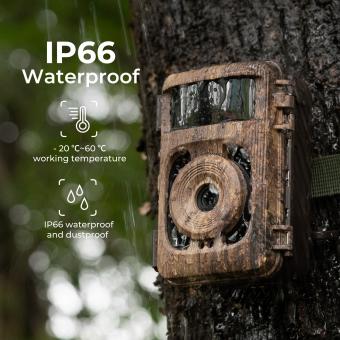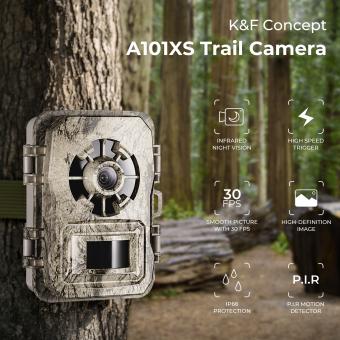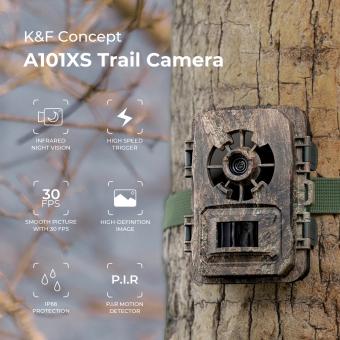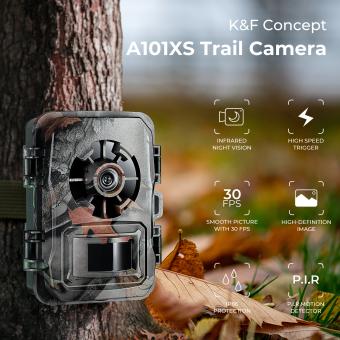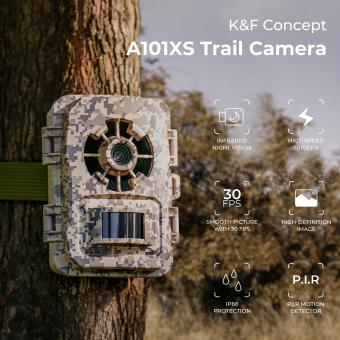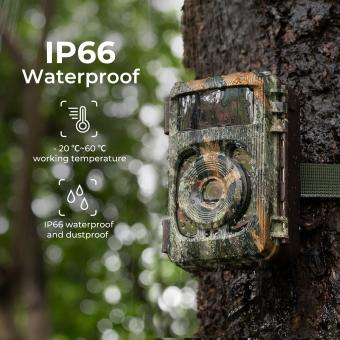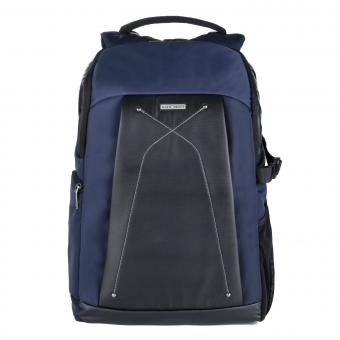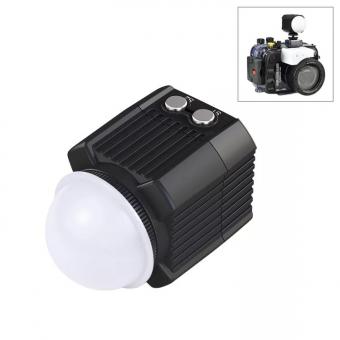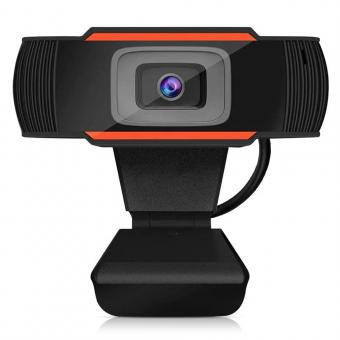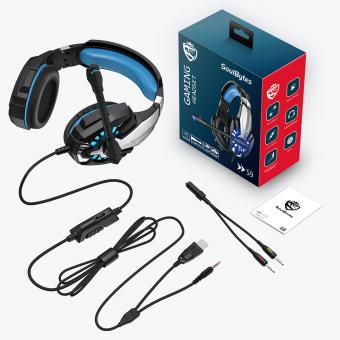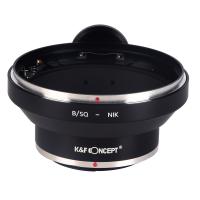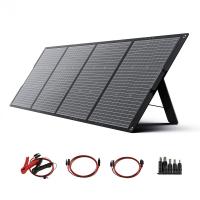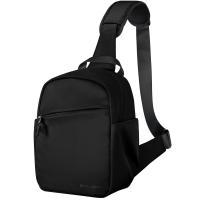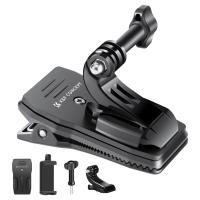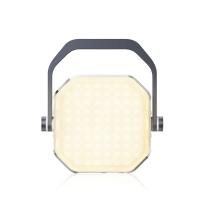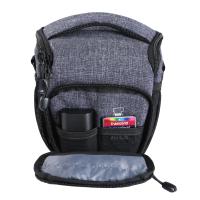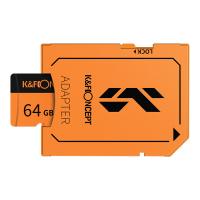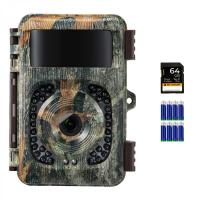How Many Cameras Are In The White House?
The White House, as the official residence and workplace of the President of the United States, is one of the most secure buildings in the world. Given its significance, it is equipped with an extensive security system, including numerous cameras. While the exact number of cameras is not publicly disclosed for security reasons, it is widely understood that the surveillance system is comprehensive and state-of-the-art. This article will delve into the importance of such a surveillance system, the technology behind it, and the broader implications for security in high-profile government buildings.
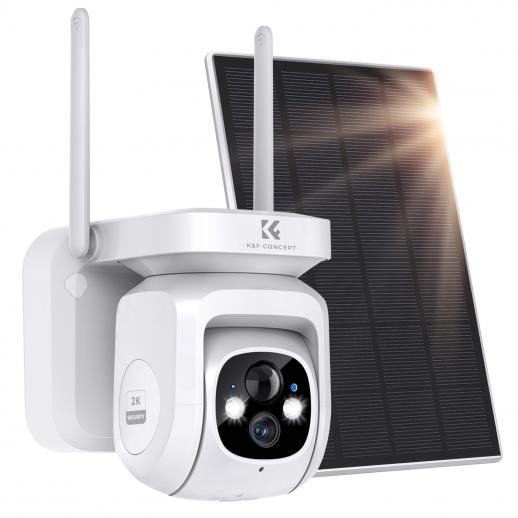
The Importance of Surveillance in the White House
The White House is not just a residence; it is a symbol of the U.S. government and a hub of political activity. The security of the President, their family, and the staff is paramount. Surveillance cameras play a crucial role in this security apparatus. They help monitor and record activities in and around the White House, providing real-time data to security personnel and aiding in the prevention of unauthorized access or potential threats.
Technological Advancements in Surveillance
Over the years, surveillance technology has advanced significantly. Modern security cameras are equipped with high-definition video capabilities, night vision, motion detection, and even facial recognition technology. These features ensure that the White House security team can monitor activities with high precision, regardless of the time of day or weather conditions.
1. High-Definition Video: Modern cameras capture video in high definition, providing clear and detailed images. This is crucial for identifying individuals and activities accurately.
2. Night Vision: The ability to monitor in low-light conditions is essential. Night vision technology allows cameras to capture clear images even in complete darkness, ensuring 24/7 surveillance.
3. Motion Detection: Cameras with motion detection can alert security personnel to any unusual activity. This feature helps in focusing attention on potential threats and reduces the need for constant manual monitoring.
4. Facial Recognition: Advanced facial recognition technology can identify individuals and cross-reference them with databases of known threats. This adds an additional layer of security by ensuring that only authorized personnel are allowed access to sensitive areas.
The Broader Implications for Security
The surveillance system in the White House serves as a model for other high-profile government buildings and institutions. The principles and technologies used can be applied to enhance security in various settings, from embassies to military installations.
1. Deterrence: The presence of a robust surveillance system acts as a deterrent to potential intruders or attackers. Knowing that their actions are being monitored and recorded can discourage malicious activities.
2. Incident Response: In the event of a security breach, surveillance footage provides critical information for responding to the incident. It helps in understanding the nature of the threat and in coordinating an effective response.
3. Evidence Collection: Surveillance footage serves as valuable evidence in investigations. It can be used to identify perpetrators, understand the sequence of events, and support legal proceedings.
4. Operational Efficiency: Beyond security, surveillance systems can enhance operational efficiency. They help in monitoring the flow of people and activities, ensuring that operations run smoothly and that any issues are promptly addressed.
Privacy Concerns and Ethical Considerations
While the benefits of surveillance are clear, it is important to address privacy concerns and ethical considerations. The use of surveillance technology must be balanced with respect for individual privacy and civil liberties.
1. Transparency: It is essential to maintain transparency about the use of surveillance systems. Clear policies and guidelines should be established, and individuals should be informed about the presence of cameras and the purposes for which they are used.
2. Data Security: The data collected by surveillance cameras must be securely stored and protected from unauthorized access. This includes implementing robust cybersecurity measures to prevent data breaches.
3. Limited Use: Surveillance should be used judiciously and only in areas where it is necessary for security purposes. Over-surveillance can lead to a sense of intrusion and discomfort among individuals.
4. Accountability: There should be mechanisms in place to ensure accountability in the use of surveillance systems. This includes regular audits, oversight by independent bodies, and avenues for addressing grievances.
The White House's surveillance system is a critical component of its security infrastructure. While the exact number of cameras is not publicly disclosed, it is evident that the system is comprehensive and employs advanced technology to ensure the safety of the President, their family, and the staff. The principles and technologies used in the White House can serve as a model for other high-profile government buildings, enhancing security and operational efficiency.
However, it is equally important to address privacy concerns and ethical considerations. Transparency, data security, limited use, and accountability are key principles that should guide the implementation of surveillance systems. By balancing security needs with respect for individual privacy, we can create a safer and more secure environment without compromising civil liberties.
In conclusion, while the exact number of cameras in the White House remains undisclosed, the importance of a robust and ethical surveillance system is clear. It not only ensures the security of one of the most important buildings in the world but also sets a standard for other institutions to follow.

